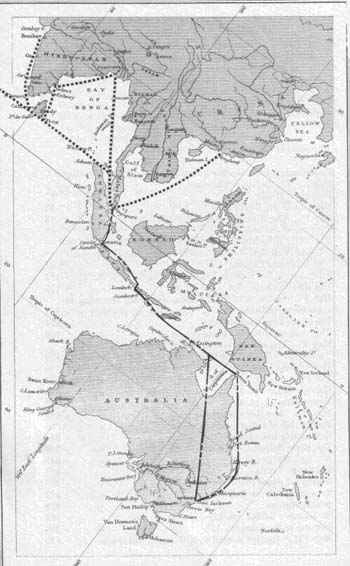Lepcha Narratives of their Threatened Sacred Landscapes
Main Article Content
Abstract
Article Details
Issue
Section
References
Arora, V (2006) The Forest of Symbols Embodied in the Tholung Sacred Landscape of North Sikkim, India, Conservation and Society.
Atreya, S (2006) ACT supporters detained for questioning, Midweek, Gangtok.
Atreya, S (2006) Show of Strength, Dzongu Divided over Panam, Midweek, Gangtok.
Chamling, P (2001) Politics, Programmes and Vision for the new Century, New Year speech, Gangtok.
Choudhury, M (nd) Carrying Capacity Study of Teesta Basin in Sikkim Volume-X, Socio-cultural, Environment, Ministry of Environment & Forests, Government of India, Delhi.
Dharmadhikary, S (2007) Have river, will dam, HIMAL SOUTHASIAN, September.
Dutta, S (2007) Lepcha v hydropower, HIMAL SOUTHASIAN, September.
Foning, A (2003) Lepcha, My Vanishing Tribe, Kalimpong, Chyu-Pandi Farm.
Harding L (2000) Climbers Banned from North East Face of Kanchenjunga, The Guardian, London.
Hooker, J D (1999) Himalayan Journals, Natraj Publishers, Dehru Dun (first published 1854).
King Gaeboo Achyok Birth Anniversary (2006) A Lepcha Bilingual Magazine, Indigenous Lepcha Tribal Association, Kalimpong.
Mitra, M (2007) Sikkim’s tribesfolk protest against damming river Teesta, Down to Earth, New Delhi.
Morris, J (1938) Living with the Lepchas, William Heinemann Ltd, London.
Rai, R (2006) CM offers to review ‘every aspect’ of North Sikkim, NOW! Daily, Gangtok.
Ramakrishnan, P S (1998) Ecology and Traditional Wisdom, The Cultural Dimension of Ecology, Indira Gandhi National Centre for the Arts (IGNCA) and D. K. Printworld Pvt. Ltd, New Delhi.
SE News Bureau (2006) Concerned Lepchas of Sikkim backs ACT, Sikkim Express.
The Land Use and Environment Circle, Forest, Environment and Wildlife Management Department (2005) Report on World Environment Day, 2005, Government of Sikkim, Gangtok.
Wangchuk P (1995) Hunger strike against Rathong Chu Project, Hill People, Gangtok.
White, J.C. (2000) Twenty-one Years on the North-East Frontier 1887-1908, Asian Educational Services, New Delhi 2000.
Zulca, M (2007) Protest in the Hills, Talk Himalaya, Little Kingdom, Gangtok.
